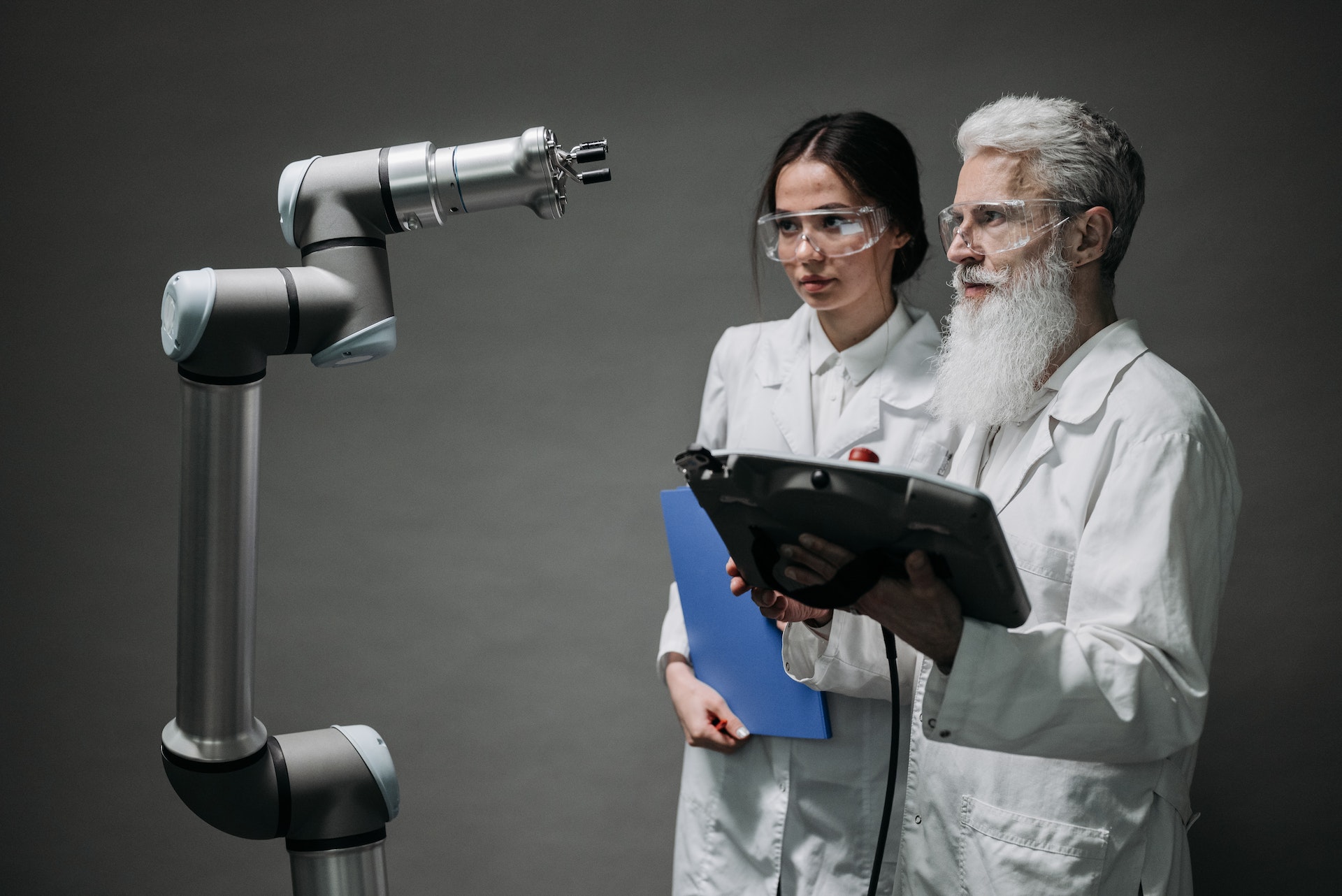Researchers have unveiled a groundbreaking and highly accurate method that employs artificial intelligence (AI) to classify cardiac conditions and illnesses by analyzing chest X-rays. Although artificial intelligence (AI) is often portrayed as a cold and unfeeling system, scientists at Osaka Metropolitan University have demonstrated its capacity to provide empathetic and insightful support—referred to as “heart-warning.”

Innovative AI Human Hearts
The team has pioneered an innovative utilization of AI that effectively categorizes heart functions and accurately identifies valvular heart diseases, underscoring the ongoing efforts to seamlessly integrate medical science and cutting-edge technology for the betterment of patient well-being. This significant discovery has been recently shared in a publication featured in The Lancet Digital Health.
The Potential of Chest X-rays in Cardiac Function Detection
Valvular heart disease, a prominent contributor to heart failure, is commonly diagnosed through echocardiography. This technique, however, necessitates specialized expertise, resulting in a shortage of adequately skilled professionals. On a contrasting note, chest radiography, commonly known as chest X-rays, is a frequently employed diagnostic tool primarily designed to identify pulmonary disorders. Despite its primary focus on lung health, the potential of chest X-rays to detect cardiac function or anomalies has remained largely unexplored.
Chest X-rays are routinely conducted in various medical institutions, and their quick execution renders them highly accessible and easily reproducible. Recognizing this accessibility, Dr. Daiju Ueda and his team from the Department of Diagnostic and Interventional Radiology at Osaka Metropolitan University’s Graduate School of Medicine envisioned an innovative role for chest X-rays. They aimed to supplement echocardiography by utilizing chest X-rays to determine cardiac function and diseases.
The researchers successfully designed an AI model that accurately categorizes cardiac functions and identifies valvular heart diseases from chest X-rays. Acknowledging the risk of bias and lower accuracy in AI models trained on single datasets, the team opted for a multi-institutional approach. They compiled a vast dataset of 22,551 chest X-rays and corresponding echocardiograms from 16,946 patients across four medical facilities between 2013 and 2021. By using chest X-rays as input data and echocardiograms as output data, the AI model learned to establish connections between the two datasets. This is explained in one of our earlier posts about how AI can help detecting COVID-19.
Remarkably, the AI model precisely categorized six distinct types of valvular heart diseases, achieving an Area Under the Curve (AUC) ranging from 0.83 to 0.92. (AUC serves as an evaluation index for AI models, with higher values indicating better performance.) Notably, the AUC reached an impressive 0.92 with a 40% cut-off point, particularly in detecting left ventricular ejection fraction—a critical measure for monitoring cardiac function.
Dr. Ueda expressed, “This research has been a lengthy journey, but its significance cannot be understated. Beyond enhancing diagnostic efficiency for medical professionals, this system could prove invaluable in underserved regions, nighttime emergencies, and situations where patients face challenges in undergoing echocardiography.”
Source: “An AI-based Model for Categorizing Cardiac Function using Radiography: A Multi-institutional Study” by Daiju Ueda et al., published in The Lancet Digital Health on July 6, 2023.
